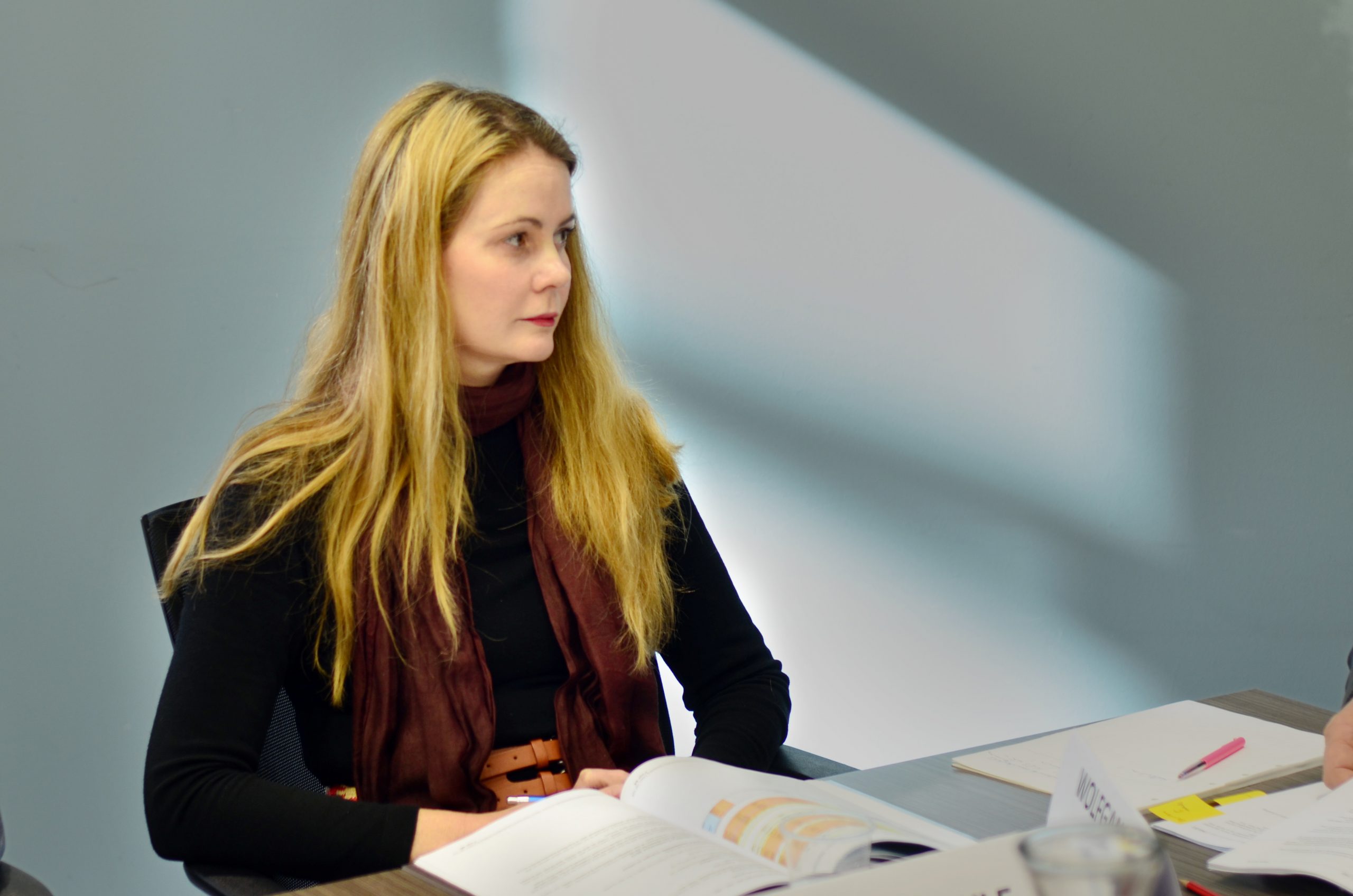In May, I wrote an article ‘Preparing Our Industry for Disruption’. Going one step further – what are the specific opportunities for our industry to not just respond to disruption but to initiate disruption and reap the benefits ourselves?
I recently read an External Research Report by BRANZ titled When Did Disruption Become a Good Thing?. The paper focuses on business model innovation, which is probably a key skills gap for traditional industries such as ours.
Notably, there was a specific message for “action in architecture and design” regarding the “possibility to collaborate with the NZ timber industry on new construction techniques and materials”. What can we do to make sure our industry has similar discussions and that BRANZ thinks to include metals in such recommendations?
Seven new business model trends were identified by BRANZ as emerging globally:
- Mass customisation = combining mass and bespoke production;
- Products becoming services;
- Services becoming products;
- Separation of ownership and use (think of SolarCity);
- The sharing economy (think AirBNB);
- Agile design and construction (think The Block); and
- Agile planning = town as a service.
Typically, our industry would mainly operate in the product or service innovation area, and not be characterised by exceptional business model innovation. For example, I reckon if you asked your lead team what the key disruptive opportunities or threats were for your business, 3D-printing (additive manufacturing) would get a mention but “separation of ownership and use would not.
The challenge for us is to try to identify how our industry can engage with these emerging trends and identify new ways that we can exploit these trends.
Achieved by re-inventing how we:
- perceive customer value;
- reach customers;
- generate revenue; and/or
- develop our cost structure.
So, where do we start?
In order to reinvent successfully, we must be sure we are solving a problem in the market. The best way to achieve this is to start with customer problem discovery interviewing. This approach ensures that you are uncovering opportunities to add value to the channel and that you are not making assumptions about how the channel will behave or wants to behave. It fits really well with a Lean Start-Up approach to innovation.
If you are not familiar with this approach, you can join the Customer Development Labs page at join the Customer Development Labs page and use some of the freely available tools there. You may even be eligible for Callaghan Innovation’s “Better by Lean” support.
Recently, the HERA Executive discussed emerging innovation trends and identified the trend for “mass customisation” as an opportunity. For example, mass customisation of building connections could be made commercially feasible via 3D printing. Of course, HERA being an R&D organisation, the discussion arose from identification of 3D printing as the identified innovation (e.g. we were focused on the disruptive technology).
I wonder what other opportunities would be identified if we focused less on the technology and more on the business model trends?

